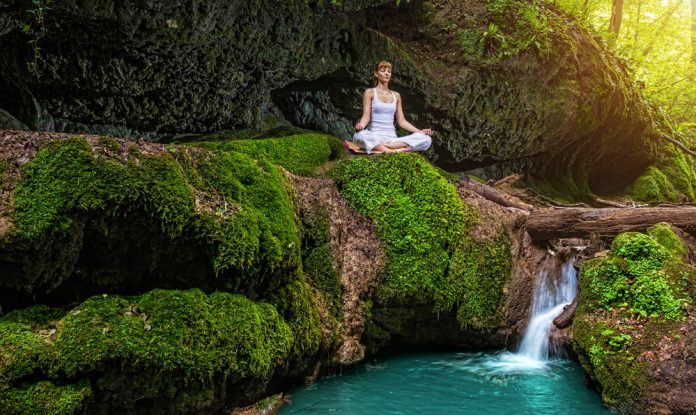Years ago, during a rough patch in life, I started seeing a behavioral psychologist to deal with some anxiety issues and insomnia. Part of his sessions often consisted of a guided meditation, where he would speak to me in gentle tones while I lay on the sofa, breathing deeply. The meditations were probably a good 20 minutes or so, and frankly, I wondered if perhaps these sessions were just a way for my therapist to get a break from listening to my life nonsense, but I found them very relaxing and left afterwards feeling calm and refreshed, two feelings that didn’t come naturally to me.
After one session, my therapist complimented me on my breathing. He noted that I could slow my breath down and take very long, deep breaths that helped me reach a different state. Higher consciousness? Maybe. Calm and relaxed? Definitely, at least during and for a bit after the meditation. He asked if I had learned this somewhere. I told him about the years I had spent taking Kundalini Yoga from a prominent LA teacher. It wasn’t daily training, just a class or two a week with a bunch of other students in a studio or in the instructor’s living room.
“Breath of Fire” (very rapid in and out breath through the nose and controlled by the diaphragm) and techniques that included filling your lungs with as much air as possible (or blowing ALL the air out of your lungs and keeping them empty – always much harder), and then doing yoga while holding the air in or out is the kind of training that can improve breathing technique. There were also gong meditations, lying on your back, eyes closed, and breathing deeply while the instructor bangs on a large gong, which you hear as well as feel (sound waves) for the duration of the meditation.
Article Source: http://EzineArticles.com/9422842













